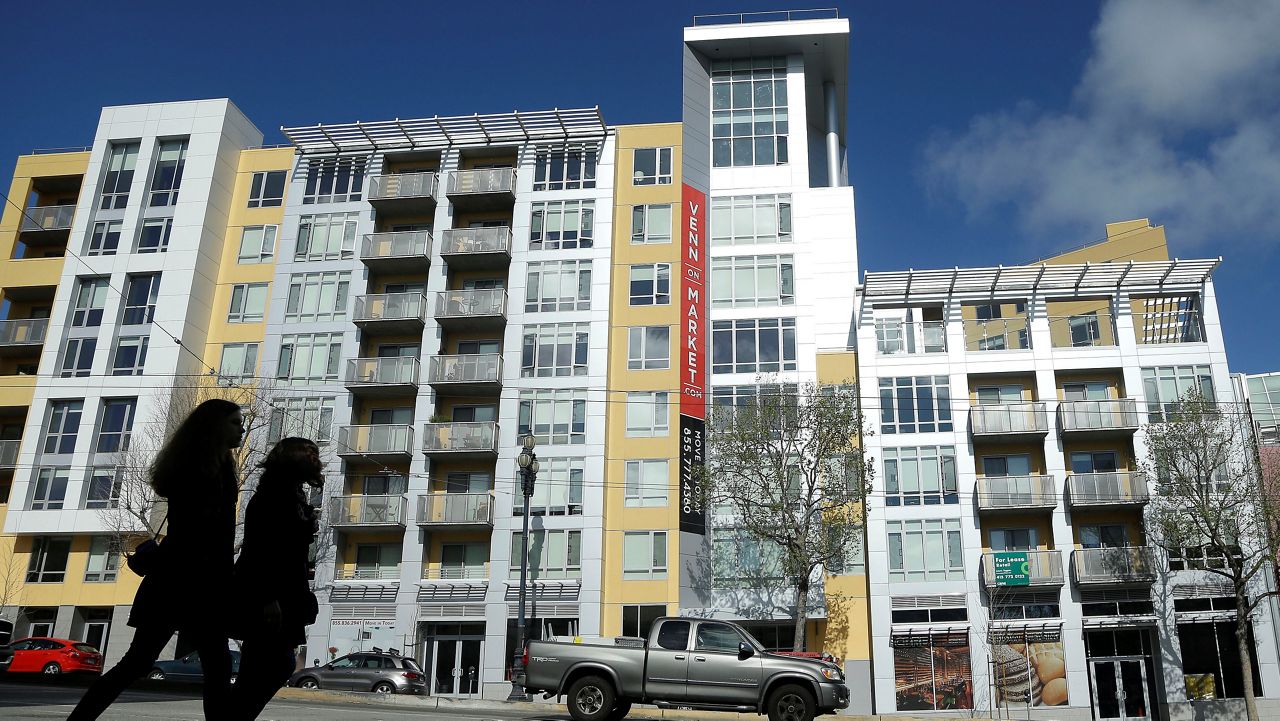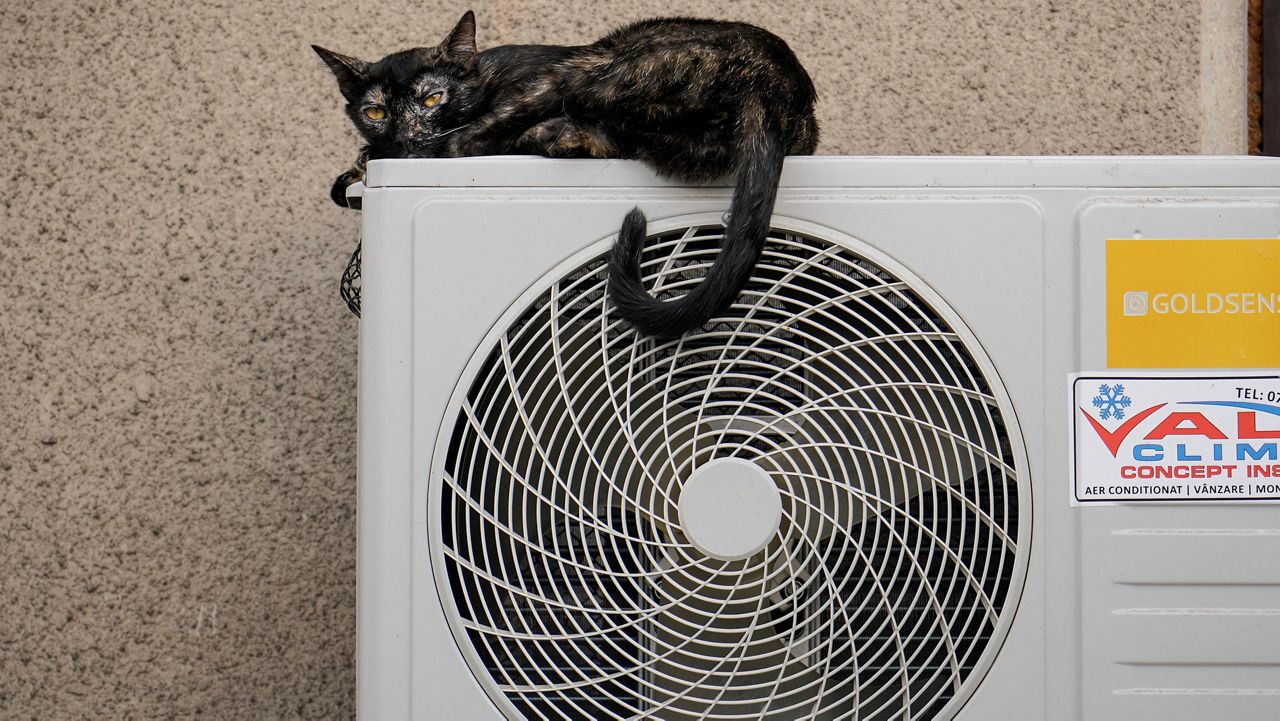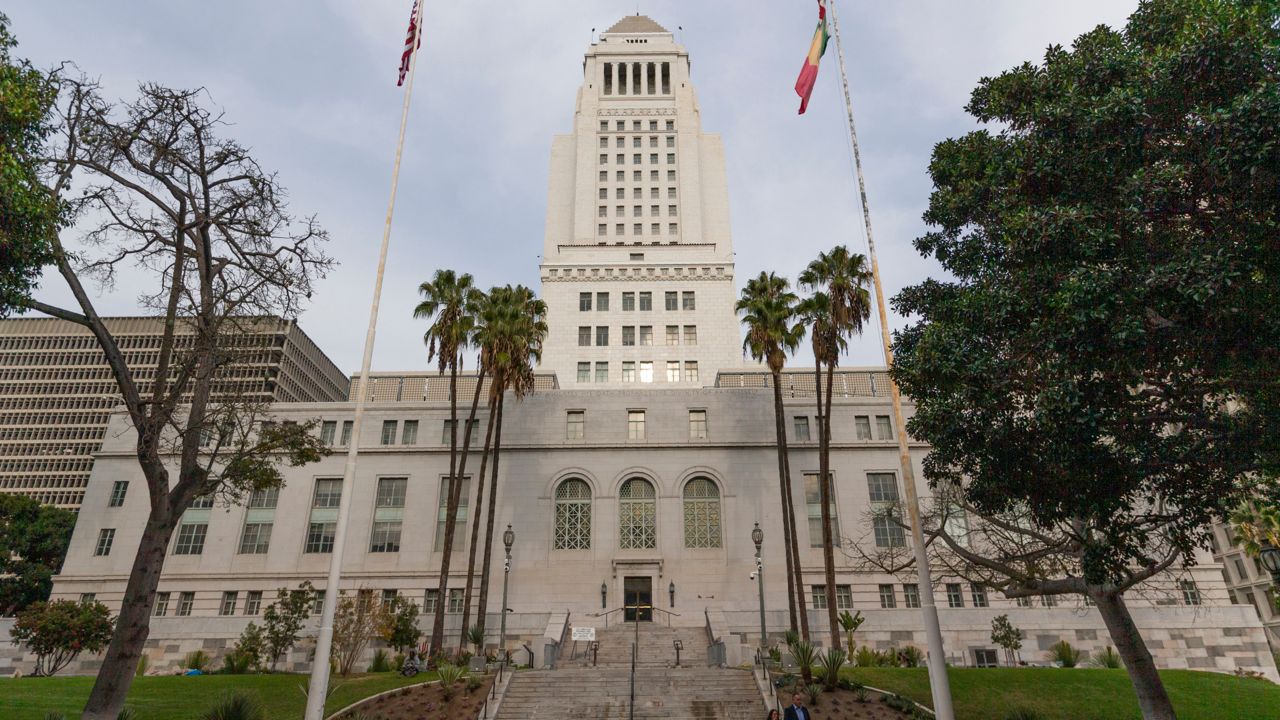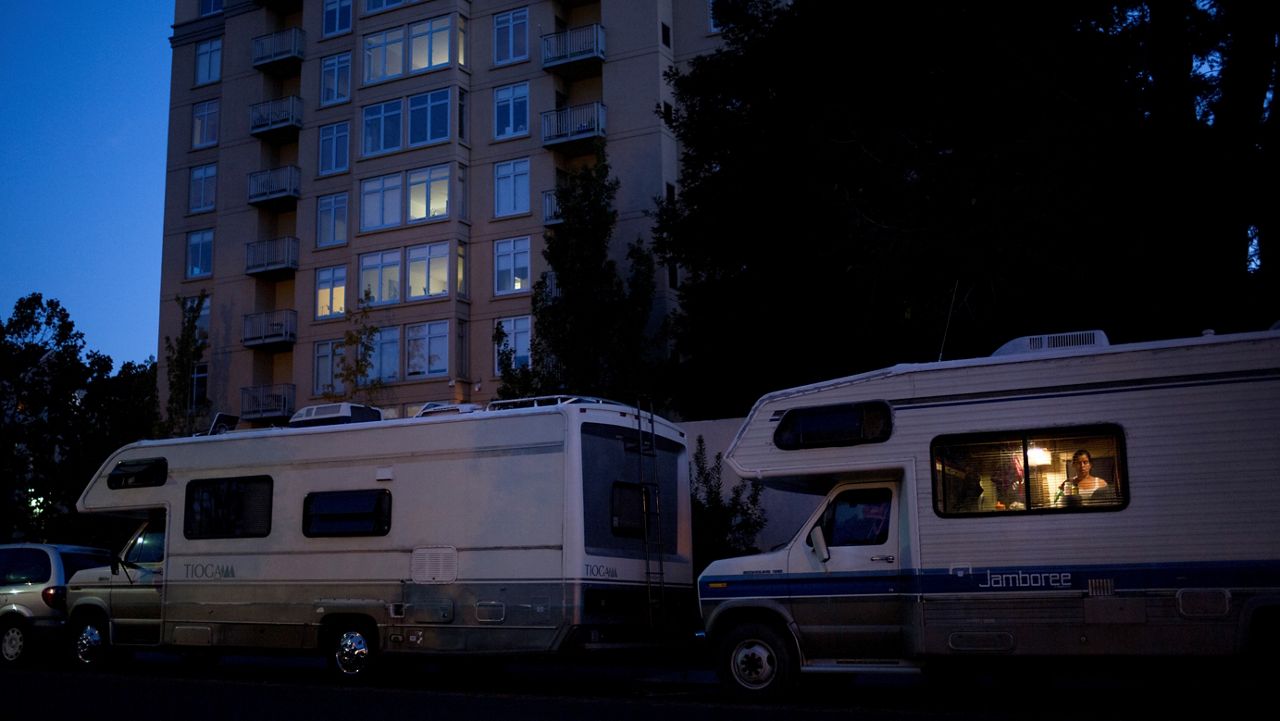LOS ANGELES (CNS) — Several landlords claim in sworn declarations they have lost thousands of dollars through delinquent rent payments and inflation because of Los Angeles County’s eviction moratorium and will continue to do so if an extension of the measure goes into effect as scheduled next month.
What You Need To Know
- The county's original eviction moratorium was implemented in March 2020 and was extended several times
- Beginning April 1, landlords with property in the county will no longer be able to evict tenants claiming they are impacted by the pandemic
- Also, the property owners won't be able to challenge a tenant's self-certification of financial hardship
- Some other tenant protections will also be lifted June 1, with many others being lifted at the end of the year
The extended eviction restrictions, approved by the Board of Supervisors in January, provide continued — although modified — protections for failure to pay rent. The Apartment Association of Greater Los Angeles and the Apartment Owners Association of California brought a lawsuit March 7 against Los Angeles County, asking that preliminary and permanent injunctions be issued preventing enforcement of the renewed eviction ban as unconstitutional.
The county’s original eviction moratorium was implemented in March 2020 and was extended several times. The statewide ban expired in September, but beginning April 1, landlords with property in the county can no longer evict tenants claiming they are affected by the pandemic, nor may the property owners challenge a tenant’s self-certification of financial hardship, according to the apartment owners’ court papers.
On Monday, Los Angeles Superior Court Judge William F. Highberger scheduled an April 6 hearing on the two landlord groups’ preliminary injunction request.
“Quite simply, the renewed eviction ban does not advance, to any degree, any legitimate public purpose,” the apartment landlords state in their court papers.
Jennie Weinberger, a member of the Apartment Association of Greater Los Angeles, stated in her declaration submitted Monday that she owns three apartment buildings in South Pasadena and Alhambra. She says two of her tenants are collectively behind in their rent by $21,215 and that both have blamed the coronavirus for their inability to pay rent.
“While my monthly revenue from rent has declined significantly since the start of the pandemic, my expenses to maintain and operate this property have stayed consistent and have even risen in some service areas,” according to the 73-year-old Weinberger, whose husband is 74.
“We worked extremely hard to buy these properties because we do not have a pension and could not rely on Social Security,” Weinberger said. “This was the only way for us to have money to fall back on during retirement.”
However, with the new moratorium, tenants “continue to take advantage of not having to pay and we are the ones getting hurt,” according to Weinberger, who called herself and her husband “mom-and-pop landlords.”
In another declaration, Jenelle McAdams wrote that her 98-year-old grandmother is a member of the Apartment Association of Greater Los Angeles and that McAdams manages the two apartment buildings, one in Venice and the other in Long Beach.
Before Oct. 1, 2020, one tenant stopped paying rent and owes about $22,000, also citing the coronavirus as the reason for an inability to pay, according to McAdams.
Maintenance and upkeep cost reached about $77,000 in 2021 and have risen commensurate with “inflation and the explosion in costs for materials and labor,” McAdams says.
“In my experience managing apartment buildings, it is virtually impossible to collect back rent from tenants once they are more than one month delinquent,” according to McAdams, who said the tenant at issue “has made my grandmother’s last two years miserable.”
Another declarant, Morgan Brown, said he owns two West Hollywood apartment buildings totaling 25 units and that four tenants who stopped paying rent in 2020 now collectively owe him nearly $300,000. For each month the tenants refuse to pay rent, rent arrears grow by more than $21,000, he says.
Meanwhile, Brown pays about $85,000 annually in property taxes for the two buildings and, with maintenance and upkeep, his costs are estimated to be 40% of gross rents, or approximately $8,500 per month for the four units occupied by the delinquent tenants, he says.
“Eviction is the only effective means I have as a landlord to ensure that tenants will pay their rent obligations,” Brown says.
Under the extension approved by the Board of Supervisors in January, beginning April 1, the county will reinstate protections for renters who cannot pay their rent. But starting June 1, the protection for non-payment will be provided only to lower-income tenants — those who earn up to 80% of AMI, the area median income.
Some other tenant protections will also be lifted June 1, with many others being lifted at the end of the year. The eviction protection for non- payment by lower-income tenants will continue until June 2023.










